Vietnamese villages attract tourists
The United Nations Tourism Organization (UN Tourism) recognized Lo Lo Chai village in Lung Cu commune (Tuyen Quang) as one of the most typical community tourism villages in the world in 2025. Lo Lo Chai village in Lung Cu commune (Tuyen Quang) is located in the majestic natural landscape of the far North, standing out with ancient yin-yang tiled-roof houses, typical festivals, traditional crafts and colorful brocade costumes. In recent years, the Lo Lo people have developed a community tourism model to help visitors explore indigenous cultural life, experience daily life, cuisine and traditional customs in the border area. The pristine landscape and cultural space are preserved, while promoting sustainable tourism associated with national identity.
Also recognized by UN Tourism as one of the most typical community tourism villages in the world in 2025 is Quynh Son village. Quynh Son village (Lang Son) is famous for its beautiful natural landscape, limestone mountains, flat fields and clear streams. This is a place that preserves the cultural life of the Tay people with traditional stilt house architecture, Long Tong Festival (going down to the fields), and typical Then singing, Vi singing, and Tan Dan dance. Visitors to Quynh Son can not only enjoy the scenery but also "live with the people" - eat, stay, and live in stilt houses, participate in agricultural activities and enjoy ethnic specialties such as black sticky rice cake, purple sticky rice or sausage.

Tra Que Vegetable Village - National Intangible Cultural Heritage recognized by UN Tourism as the Best Tourist Village in 2024. Tra Que traditional vegetable growing village (Hoi An, Quang Nam ) now Hoi An (Da Nang) was formed in the 16th century, located 3km northeast of Hoi An ancient town. With the characteristics of a river island near the sea, surrounded by Co Co river and Tra Que lagoon, this place has a mild climate, good soil, creating favorable conditions for people to create and develop the traditional organic vegetable growing profession. Currently, Tra Que village has 202 households participating in vegetable growing activities, bringing in a stable source of income. In Tra Que village, historical relics such as Cham stone well, Tho Than temple, Ngu Hanh temple, Nguyen Van Dien's tomb... or Cau Bong worship ceremony along with customs, practices, beliefs, culinary culture are being preserved and promoted effectively, proving the village's long-standing development process.
UN Tourism has honored Tan Hoa (Quang Binh), now in Quang Tri province, as the best tourist village in the world in 2023. Tan Hoa is nestled among the overlapping limestone mountains and looming among the green of cornfields and rice fields. The road to Tan Hoa winds around the foot of the mountain, with wooden houses on both sides with the wild beauty of the simple, gentle beauty of the peaceful countryside. Along with that is Tu Lan valley with long grasslands, adorned by the soft Rao Nan river, as beautiful as a watercolor painting. Coming to Tan Hoa, visitors can not only admire the wild beauty of a peaceful village but also explore the Tu Lan cave system, including 10 different caves with a system of shimmering, magical stalactites.
In 2023, Thai Hai Ecotourism Village was honored to receive the "Best Tourist Village" award from UN Tourism. Thai Hai Ethnic Ecological Stilt House Village Conservation Area (Thai Nguyen Province) has the unique cultural features of the Tay, Nung, Dao, Cao Lan, and Kinh ethnic groups. The ethnic groups form a colorful, united community called "Thai Hai Ethnic Ecological Stilt House Village Conservation Area". The village currently has 30 original Tay and Nung stilt houses, hundreds of years old. These stilt houses were all moved from Dinh Hoa Safe Zone and restored to their original state to best preserve, conserve, and promote them. Families living in the stilt houses always work together to maintain and preserve traditional cultural features such as language, customs, rituals, and costumes. They continue to promote local cultural potential to create unique tourism products such as organizing traditional spiritual festivals. Mr. Nguyen Quang Tuan - a resident of Thai Hai village shared: "The special thing about Thai Hai village is that there is no discrimination. The whole village eats from the same pot of rice, spends from the same purse, and children born after weaning are all taken care of together without distinction between children from one family and another. During the day, everyone works together, and at night, each family returns to their stilt house to rest."
Experience traditional Northern cuisine at Duong Lam Ancient Village (Hanoi) received the ASEAN Sustainable Tourism Product Award 2024 at the ASEAN Tourism Forum (ATF) 2024. Duong Lam Ancient Village is an ancient village with many unique cultural features of the Northern region. The natural beauty of the village imbued with Northern village architecture along with hundreds of years old buildings and houses makes Duong Lam an impressive destination for domestic and foreign tourists, attracting people to visit and experience. The attraction of Duong Lam Ancient Village for tourists also comes from the diverse and rich local cuisine. Some culinary products of the Ancient Village have been recognized as OCOP products such as sugarcane chicken, sesame candy, peanut candy, gai cake, soy sauce, gai cake, fish braised in soy sauce, roasted pork, grilled meat, traditional spring rolls, summer lotus cake, cassava cake, lam cake, dried radish...
Vietnam's Sin Suoi Ho community tourism destination was honored by ASEAN as the bloc's most attractive community tourism destination in 2022. Sin Suoi Ho village (Lai Chau) is 100% inhabited by Mong people. The Mong people here preserve their unique traditional culture: brocade costumes, fairs, linen weaving, silver carving, and sincere hospitality. Visitors to Sin Suoi Ho often choose to stay at homestays, cook specialties such as thang co, black chicken, grilled stream fish with the host, or participate in experiences such as growing orchids, picking ancient tea trees, and hunting clouds on mountain peaks.
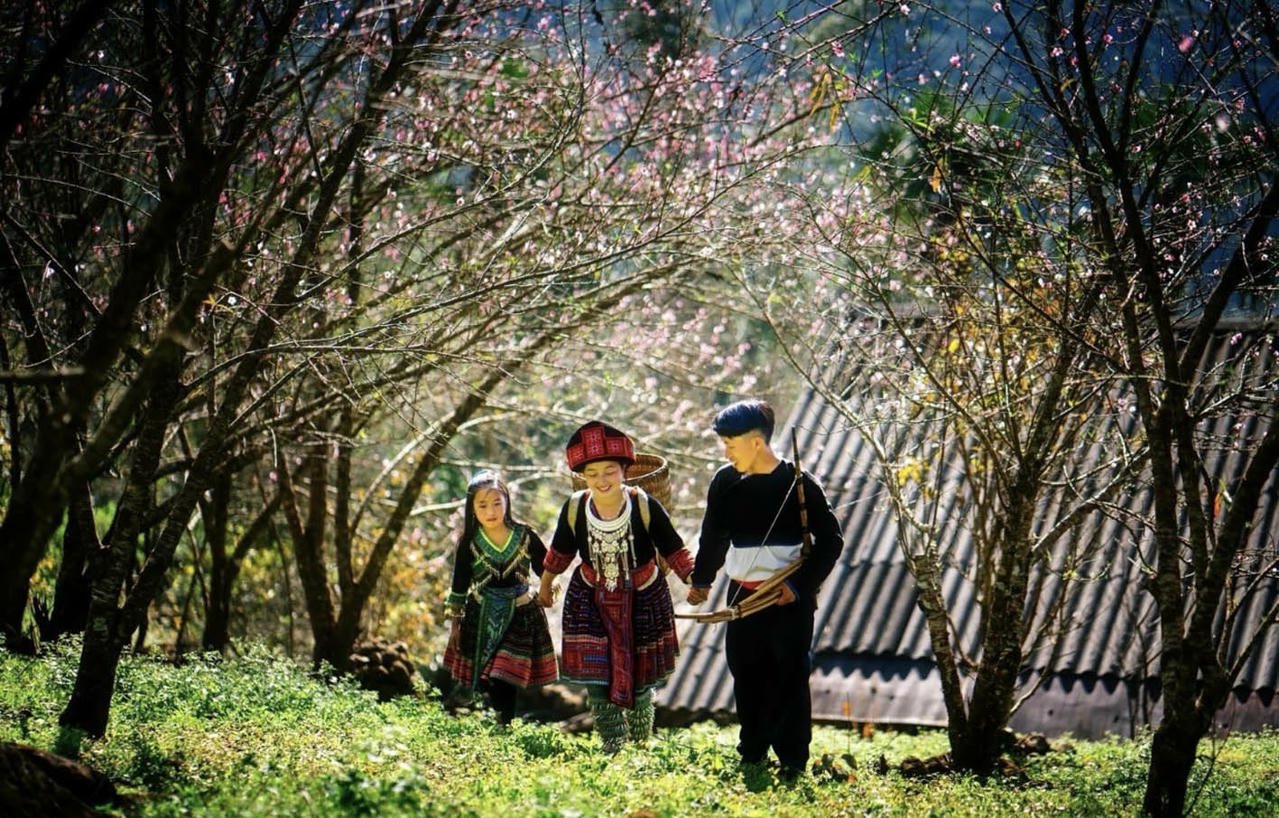
The world's honor is a testament to the efforts of the people, the government and the tourism industry in preserving the national cultural soul in the midst of modern life.
"Slow living" in villages rich in ethnic culture
In the context of strong international tourism development, but also facing many challenges such as overload, loss of identity, uneven development, many tourist areas are only concentrated in big cities or on the coast, community tourism villages/hamlets have brought new and attractive experiences. The attraction of Vietnamese community tourism villages comes from the harmonious combination of culture and nature, between national identity and hospitality. Not only Western tourists, but also domestic tourists - especially young people - are passionate about this type of tourism "to the village", to "live slowly", connect and learn about local culture.
Many Vietnamese tourist villages have appeared on famous platforms such as TripAdvisor, Booking, Agoda, with hundreds of thousands of positive reviews. In addition to the world-renowned villages, photos of Mu Cang Chai terraced fields, Sin Suoi Ho orchids, Dao Nam Dam market or Mai Chau fields are spreading strongly on social networks, making international tourists want to visit Vietnam at least once in their lives.
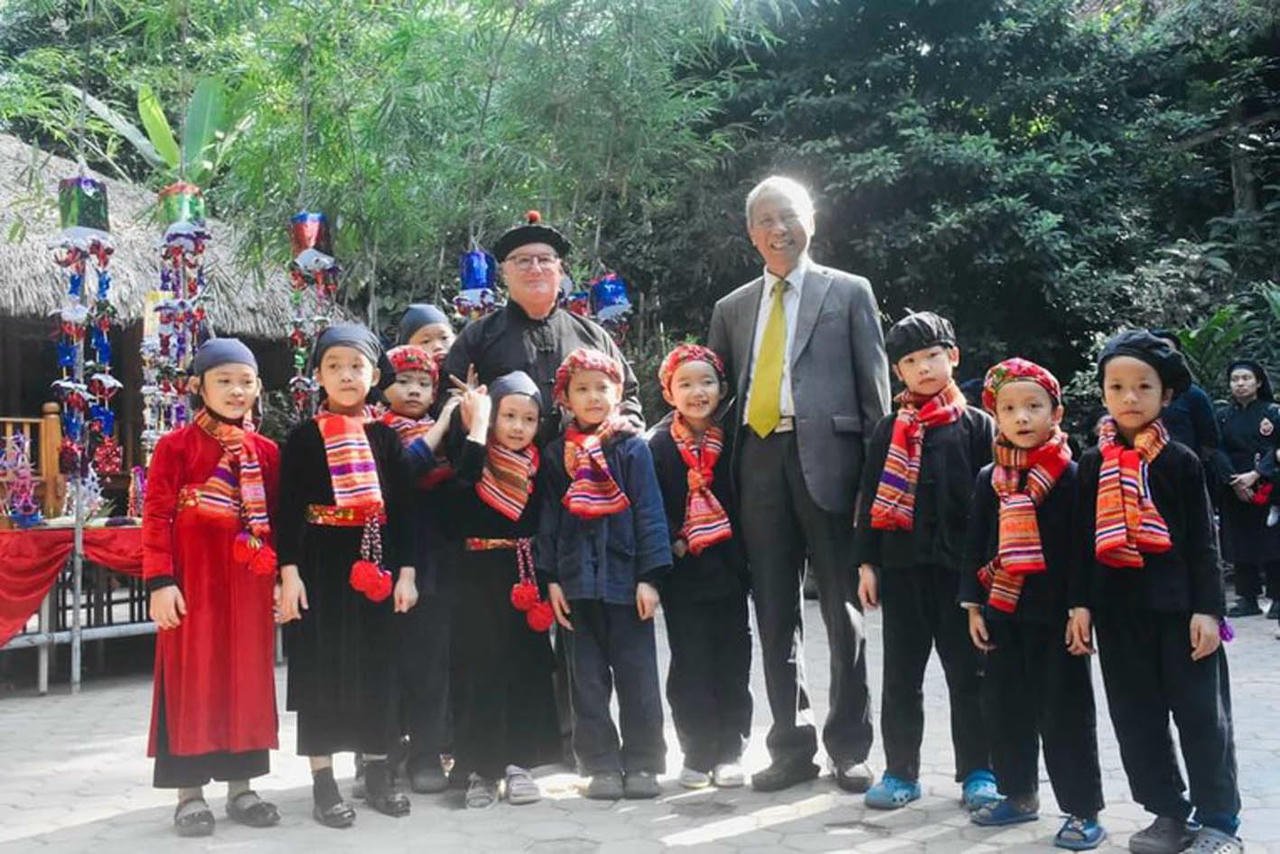
Agoda representative said that tourists who book community tours are mainly looking for a place to relax, live slowly and be close to nature. They love to explore Vietnam because Vietnam not only has beautiful beaches, vibrant cities or majestic caves but also has villages with strong ethnic cultures of each region and are simple, friendly and full of laughter.
From the stone-paved roads in remote villages to the simple smiles of the people, Vietnamese community tourism is writing a beautiful story of green and humane development, contributing to the increasingly spreading image of Vietnam - a safe, friendly and attractive destination on the world tourism map.
According to statistics from the National Tourism Administration in 2023, Vietnam has about 300 community tourism villages, 5,000 homestays, with a capacity of about 100,000 guests. Most of the tourism villages and homestays are in ethnic minority and mountainous areas, including the Northern Midlands and Mountains. Community tourism has affirmed its important role in developing sustainable tourism as well as preserving cultural values, craft village values and creating jobs for local communities.
Source: https://baophapluat.vn/ve-dep-cac-thon-lang-du-lich-viet-nam-duoc-the-gioi-ton-vinh.html


![[Photo] Ca Mau "struggling" to cope with the highest tide of the year, forecast to exceed alert level 3](https://vphoto.vietnam.vn/thumb/1200x675/vietnam/resource/IMAGE/2025/11/04/1762235371445_ndo_br_trieu-cuong-2-6486-jpg.webp)
![[Photo] The road connecting Dong Nai with Ho Chi Minh City is still unfinished after 5 years of construction.](https://vphoto.vietnam.vn/thumb/1200x675/vietnam/resource/IMAGE/2025/11/04/1762241675985_ndo_br_dji-20251104104418-0635-d-resize-1295-jpg.webp)
![[Photo] Ho Chi Minh City Youth Take Action for a Cleaner Environment](https://vphoto.vietnam.vn/thumb/1200x675/vietnam/resource/IMAGE/2025/11/04/1762233574890_550816358-1108586934787014-6430522970717297480-n-1-jpg.webp)

![[Photo] Panorama of the Patriotic Emulation Congress of Nhan Dan Newspaper for the period 2025-2030](https://vphoto.vietnam.vn/thumb/1200x675/vietnam/resource/IMAGE/2025/11/04/1762252775462_ndo_br_dhthiduayeuncbaond-6125-jpg.webp)



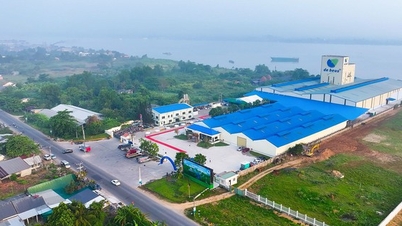

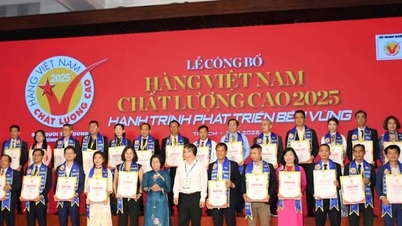




















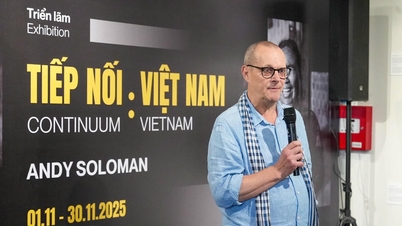

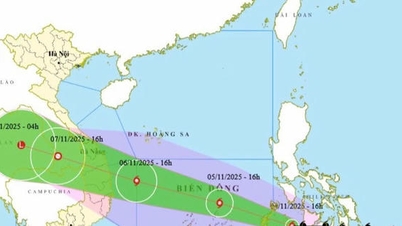






















































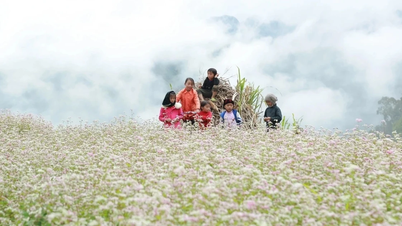
















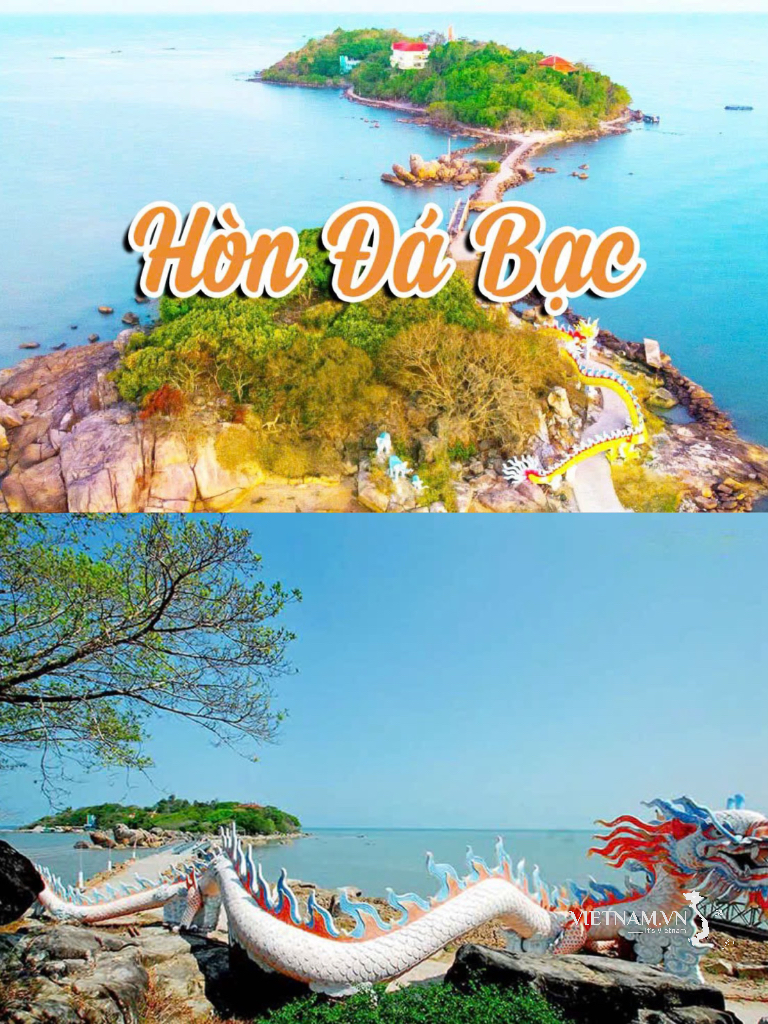

Comment (0)